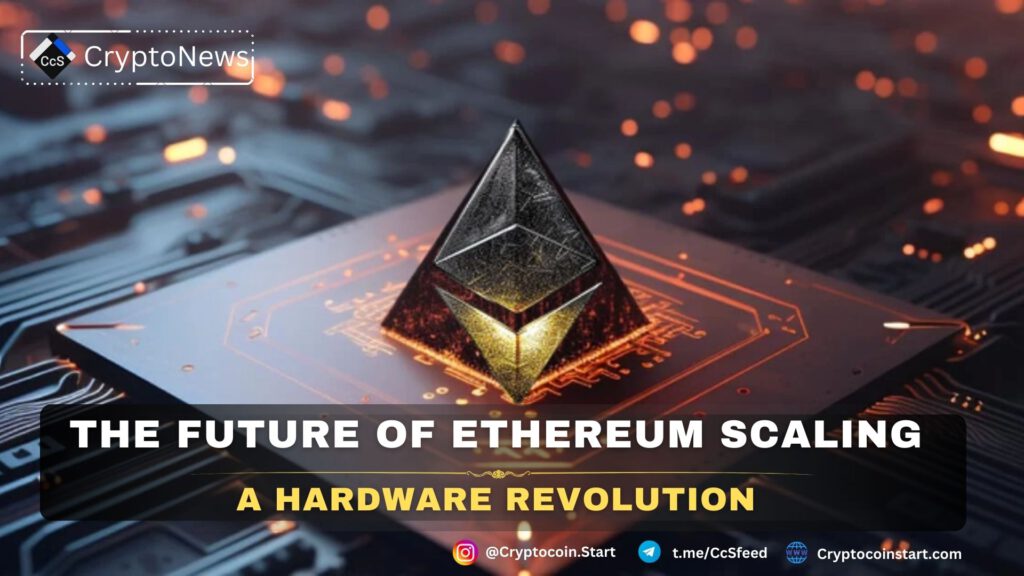
Running Ethereum today is akin to playing a modern game on an outdated laptop from the 1980s. The infrastructure, designed for a simpler blockchain era, struggles to keep up with current demands. With a processing capacity of only 10 to 62 transactions per second, Ethereum is far from the thousands needed for mainstream adoption.
The Competitive Landscape
In stark contrast, Solana has gained popularity with its sub-second block times and near-zero fees. The surge in wallet downloads, particularly during significant events like the TRUMP launch, illustrates this trend. Ethereum’s high gas fees and congestion drive users and developers toward faster alternatives.
If Ethereum does not address its scaling bottlenecks, it risks falling behind. Although layer-2 (L2) rollups have provided some relief from network congestion, they are merely stopgap measures. Software-first approaches are grappling with issues related to interoperability and scalability, raising concerns about Ethereum’s long-term relevance.
The Need for a Fundamental Shift
Many L2 solutions are tailored to fit Ethereum’s native network and struggle to support real-time applications, such as decentralized gaming or cross-border payments. A fundamental shift is necessary for Ethereum to maintain its leadership position in the blockchain space. The answer lies in hardware acceleration rather than incremental software updates.
Aligning Ethereum’s Vision with Hardware
Vitalik Buterin’s Verge milestone aims for complete node verification on consumer-grade devices, a vital step toward enhancing accessibility and decentralization. Buterin emphasizes the need to transition from patchwork solutions to a well-rounded computational infrastructure.
- Purpose-built hardware: Application-specific integrated circuits (ASICs) can significantly enhance transaction processing speeds, reduce latency, and optimize energy use.
- Sustainable scaling: Investing in hardware solutions lays the groundwork for scalable growth without compromising Ethereum’s core principles.
The Pectra upgrade, while significant, does not fully resolve Ethereum’s fundamental scaling challenges. Although optimizations like account abstraction and enhanced validator operations aim to improve efficiency and user experience, they do not drastically increase transaction throughput or reduce latency.
Risks of Falling Behind
Without specialized hardware, Ethereum risks weakening its position as a settlement layer within the blockchain community. Investing in hardware-native solutions is crucial for Ethereum to scale effectively while remaining committed to decentralization and supporting a growing user base.
Mainstream Adoption and Real-World Applications
The benefits of hardware scaling extend beyond Ethereum. Traditional financial institutions are exploring blockchain-based cross-border payments that demand real-time processing. L2 solutions alone cannot adequately cater to the massive demand from the finance sector.
- Cross-border transactions: Expected to hit $190.1 trillion in 2023 and grow in 2025, highlighting the urgent need for hardware acceleration to facilitate institutional blockchain adoption.
- Industry applications: Beyond finance, hardware optimization enhances blockchain utility across various sectors:
- Healthcare: Improved security and privacy for patient data.
- Gaming: Real-time responses to user interactions.
Competing with AI
Blockchain technology is not operating in isolation; it competes with computationally intensive industries, particularly artificial intelligence (AI). The rise of AI is reshaping various sectors and has become a fierce competitor for electricity and computing resources. Data centers are prioritizing AI workloads, which can generate significantly more revenue than traditional cryptocurrencies.
Critics argue that Ethereum is “dying a slow death.” Once a leader in decentralized finance (DeFi) innovation, Ethereum’s scalability issues hinder its ability to compete with emerging technologies. To future-proof itself against AI developments, Ethereum must embrace purpose-built hardware, enabling faster transactions and reducing energy consumption.
The Time for Hardware Investment is Now
Ethereum has relied heavily on layer-2 solutions for scalability, but these are temporary fixes that fail to address the network’s fundamental operational requirements. Hardware solutions are essential for Ethereum to retain its leadership in blockchain innovation.
- Seamless integrations: Enabling smooth transitions between traditional finance and blockchain.
- Real-time interactions: Supporting applications in gaming and healthcare.
Without decisive investment in hardware acceleration, Ethereum risks stagnation while competitors rise. The next wave of blockchain adoption demands an infrastructure capable of supporting it, making immediate investment in hardware crucial.
Ethereum doesn’t need another temporary patch; it requires a lasting solution. The future of blockchain depends on robust infrastructure, and the time to act is now.

